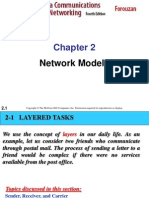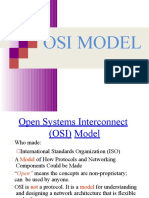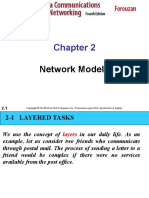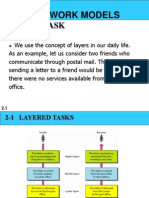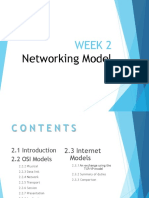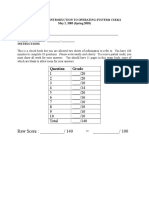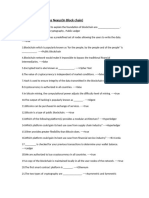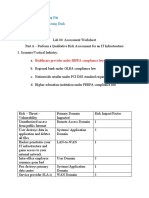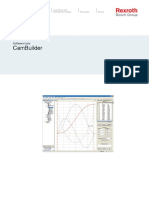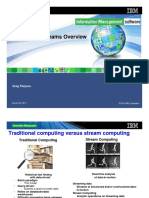0% found this document useful (0 votes)
18 views51 pagesNetworking Modelsnit
The document discusses the OSI model and the TCP/IP protocol suite, highlighting the layered architecture and the functions of each layer. It provides examples of communication between nodes using different layers and addresses, including physical, logical, and port addresses. The document emphasizes the importance of addressing mechanisms for message delivery in networking.
Uploaded by
golumax6208Copyright
© © All Rights Reserved
We take content rights seriously. If you suspect this is your content, claim it here.
Available Formats
Download as PDF, TXT or read online on Scribd
0% found this document useful (0 votes)
18 views51 pagesNetworking Modelsnit
The document discusses the OSI model and the TCP/IP protocol suite, highlighting the layered architecture and the functions of each layer. It provides examples of communication between nodes using different layers and addresses, including physical, logical, and port addresses. The document emphasizes the importance of addressing mechanisms for message delivery in networking.
Uploaded by
golumax6208Copyright
© © All Rights Reserved
We take content rights seriously. If you suspect this is your content, claim it here.
Available Formats
Download as PDF, TXT or read online on Scribd
/ 51











